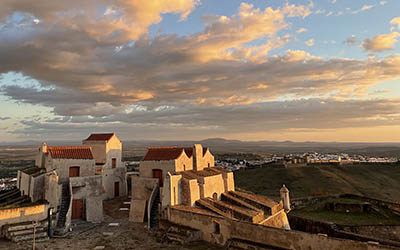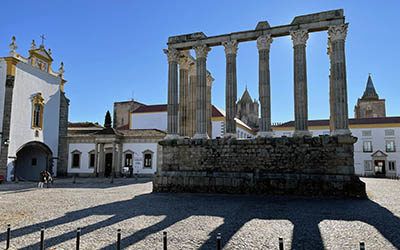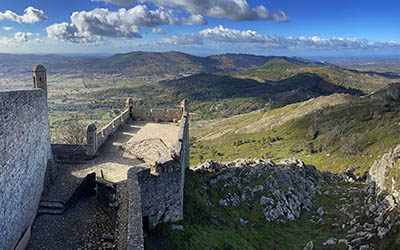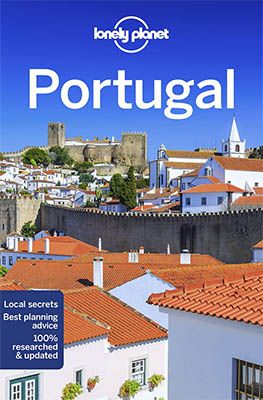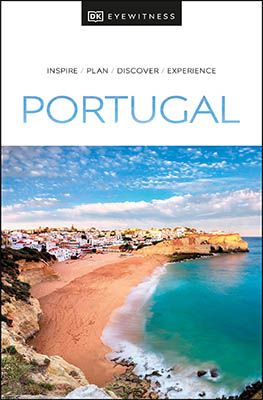The Alentejo in the south-east of Portugal is almost as big as the whole of Belgium. Yet, this largest region of the country is much less known than, for example, the Algarve. Unjustly, we think, because the Alentejo has all the ingredients for a wonderful, active but also relaxing holiday.
The region lends itself perfectly to the most beautiful walking and cycling trips through nature and the countryside. But the culture lover will also get his money’s worth in the Alentejo. For example, in the hilly landscape you have unprecedentedly beautiful UNESCO towns. In addition, especially in the border region with Spain, you have many forts. The defences of yesteryear are now particularly interesting sights. Often with spectacular views.
Furthermore, in the small villages you can discover much of the agricultural life. There are numerous possibilities for olive oil and wine tasting. Not for nothing are the olive oil and the beautiful wines from the Alentejo highly regarded in Portugal itself and abroad. And now also by us. We ended every day there with culinary delights and the most fantastic wines!
In November, we visited this region at the invitation of Visit Alentejo. We were introduced to a fantastic environment where time seems to stand still. It is a region where many city dwellers move to after a lightning career. To be able to take it just a little bit easier. And to enjoy the dolce vita, but in the Portuguese way.
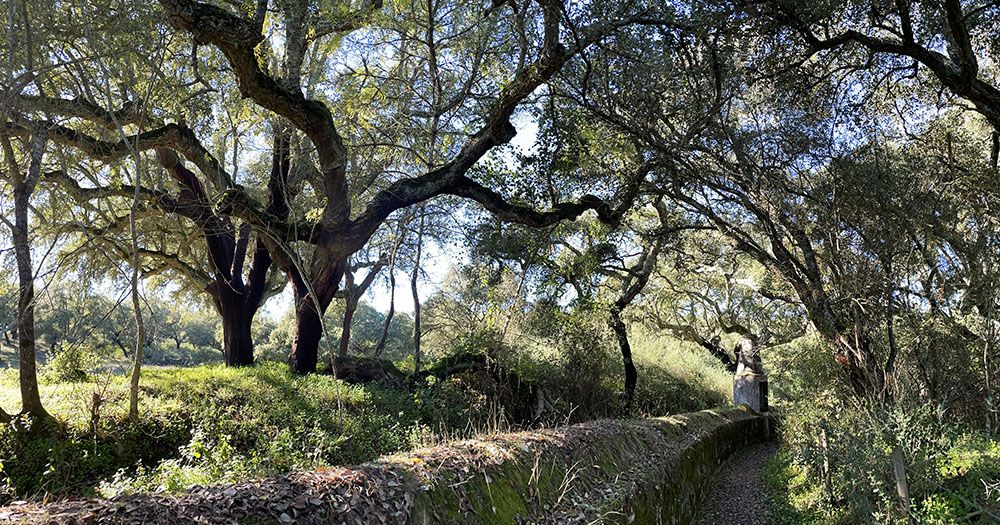
What to see and do in the Alentejo
In the Alentejo, you can find cultural and adventurous, active activities. We did a lot of walking and cycling. In addition, we visited the most beautiful towns and studied agricultural life in this part of Portugal.
City break in the Portuguese UNESCO fortified town of Elvas
In the border region with Spain, the beautiful UNESCO city Elvas is located in the Alentejo. This city was Portugal's first line of defence against invading Spaniards. When you walk through the picturesque streets of the old centre, you...
Hiking and biking in and around hilly Évora
We begin our Alentejo tour in the capital city, Évora. This picturesque, enchanting town is rich in history, culture and architecture. The old town is still partly surrounded by medieval walls. Within those walls, many beautiful...
Action and culture in the adventurous Serra de São Mamede
In the north-east of the Alentejo is a particularly interesting protected area: the Parque Natural da Serra de São Mamede. It is a rough, mountainous area with sloping heathlands, rocky ridges and forests. But also with wild rivers,...
Practicalities for your visit to the Alentejo
You will find the Alentejo east of Lisbon to the Spanish border. The Tagus River (Tejo in Portuguese) forms the northern border of the region. South of the Alentejo lies the Algarve.
The Alentejo has a sunny and dry climate. In the summer months, it can be very hot inland. In the winter, it is cold and there is a lot of precipitation. The best travel time is from March to June. And from September to mid-November. We were there at the end of November. Especially in the mountains, it was quite chilly early in the morning or at the end of the afternoon. However, the clear blue skies with the beautiful autumn colours made up for a lot.
Count on at least a week if you want to see all the highlights of the Alentejo. That is, if you also want to make some of the many beautiful walks or cycle tours. If you want to add a few days on the beach, you will need at least a week and a half.
The quickest way to get there is by plane. From the airport you travel by rental car. Travelling by train or private car will take you forever.
Throughout the Alentejo, there is plenty of affordable accommodation to be found. Our advice is to take a hotel with a parking space in the cities. There are usually several excellent restaurants within walking distance. For luxury, historic and special accommodation, check out the website of the pousadas. In the countryside, you have a wide choice of solares, estalagens, bed & breakfasts and so on. You will find accommodation tips in our individual blogs.

